1910 Penny Coin Value: How Much Is It Worth?
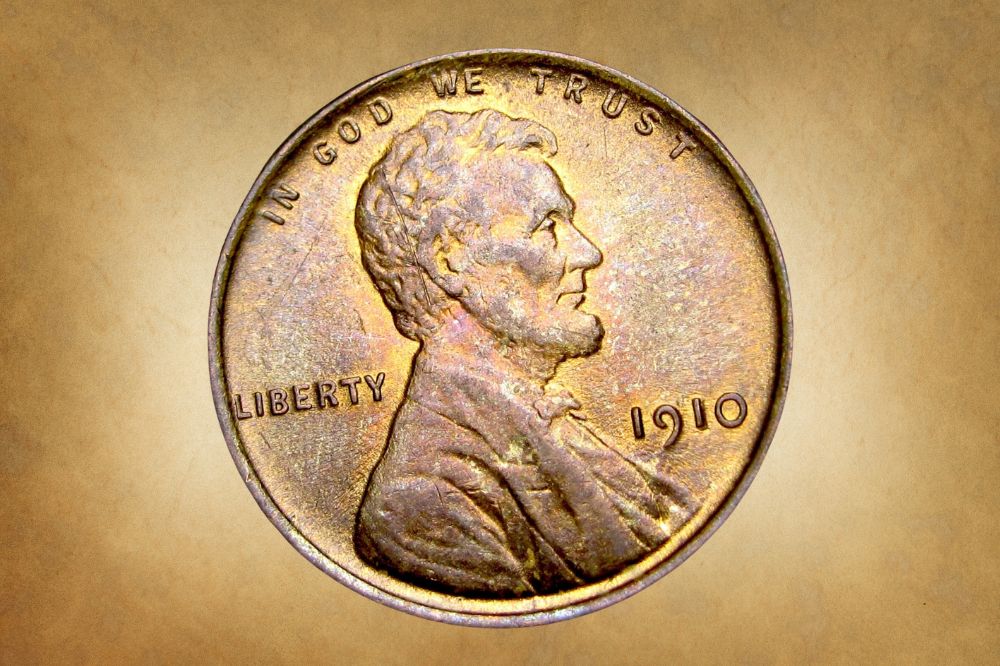
Do you have a 1910 penny in your pocket? Or perhaps you are a coin collector, and you are searching for one. Either way, the 1910 penny is an interesting piece of history, and you may be wondering, what is the 1910 penny value today?
The answer to that question depends on a few factors, such as the mint mark and the condition of the coin. In this blog post, we will take a closer look at 1910 pennies and explore their value in today’s market. We will also discuss some of the features that make these coins unique and interesting!
1910 Penny Value Chart |
||||
| Mint Mark | Good | Fine | Extremely Fine | Uncirculated |
| 1910 No Mint Penny | $0.35 | $1 | $4 | $10 |
| 1910 S Penny | $17 | $22 | $45 | $80 |
1910 Penny Value Guide
Now that we know a bit more about the 1910 penny, let us look at its value. 1910 pennies are worth more than just the face value of one cent, depending on their mint mark category and their condition.
While there is some debate over their current value, here is the basic average value of 1910 pennies in more detail:
1910 No Mint Penny Value
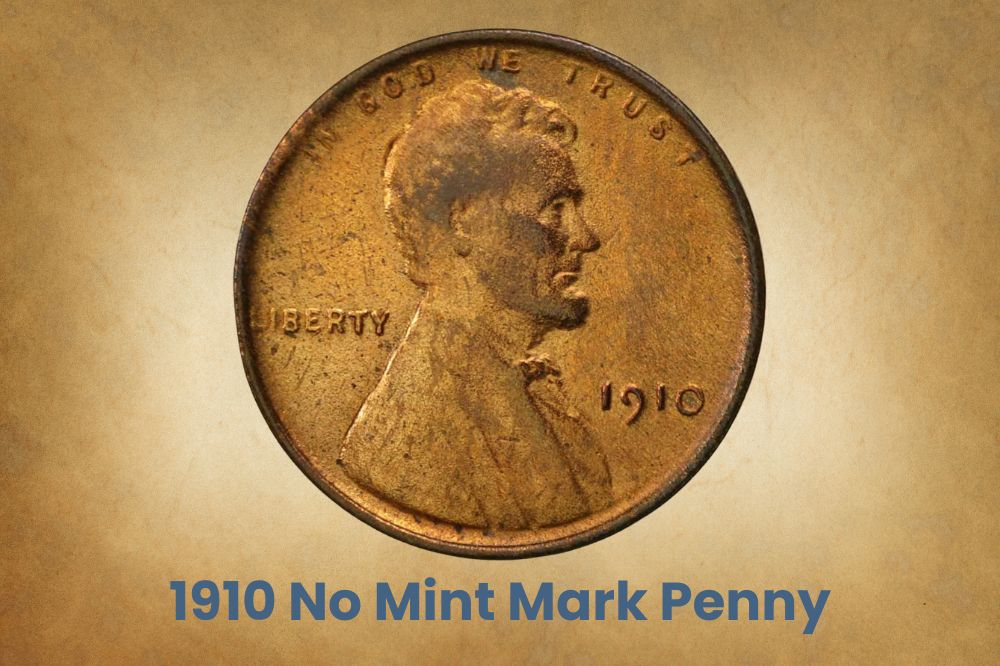
A 1910 penny without a mint mark means that it was minted at the U.S. Mint location in Philadelphia, Pennsylvania.
The amount it is worth will depend on what condition in which it is found. For example, a no mint 1910 penny that is in “Good” condition is worth about 35 cents today! And the same coin but with a “Fine” condition (which is the next step up from good) is worth about $1 today.
A very well-preserved, yet used, coin is considered to be in the “Extremely Fine” category. Here, the penny makes a big jump to be worth around $4! And in “Uncirculated” condition, which means it has never gone out and changed hands in the world, the 1910 no mint mark penny can actually be worth up to $10 or more.
1910 S Penny Value
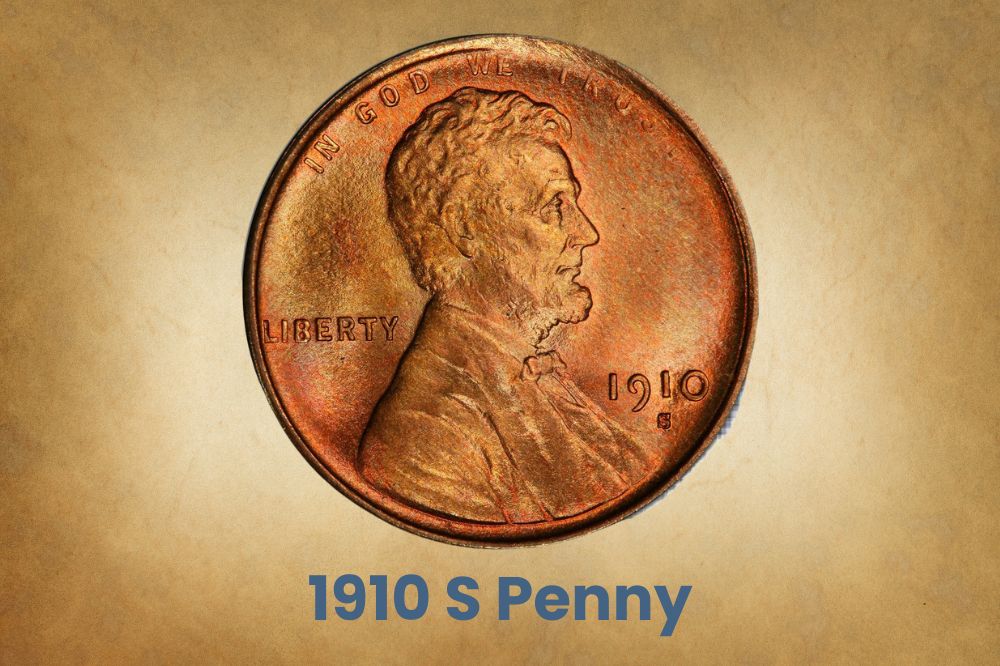
And if that wasn’t amazing enough, the 1910 penny value for the San Francisco, California U.S. Mint location is even higher!
A 1910 penny with an “S” mint mark that is in “Good” condition can be worth an impressive $17, which is already a lot more than any 1910 Lincoln penny from the Philadelphia location. Following that is the Lincoln penny in “Fine” condition. This one is worth $22.
Can you imagine a single penny being worth $22? Well, it gets even more interesting with the last two categories.
A Lincoln penny from 1910 in “Extremely Fine” condition is worth around $45, and in uncirculated condition, the 1910 S penny can be worth up to a whopping $80 or more! Now, that is amazing!
Related Posts: 16 Most Valuable Wheat Penny Errors
1910 Penny Error
Error coins are ones that were minted with some kind of mistake, and 1910 pennies are no exception. Because 1910 pennies, like most coins, were made in large numbers, there is a chance of finding one with a mistake on it. However, since many of these pennies have been lost or damaged over the years, it is not super common to find any of these coins, let alone one that has an error.
There are a few error coins in existence, however. Let’s take a look at them now.
1910 Double Die Penny
One example of an error coin is the double die penny. This is where there are 1910 pennies out there that have slightly thicker, which you can see if you inspect the “E PLURIBUS UNUM” inscription on the reverse side of the penny.
While these pennies are not common enough to know their worth, we know that other double die pennies that are similar can go for as much as $100 or more! While this price, of course, depends on the penny’s condition, it is definitely worth more than a 1910 penny that is without error.
1910 Penny with Die Cracks
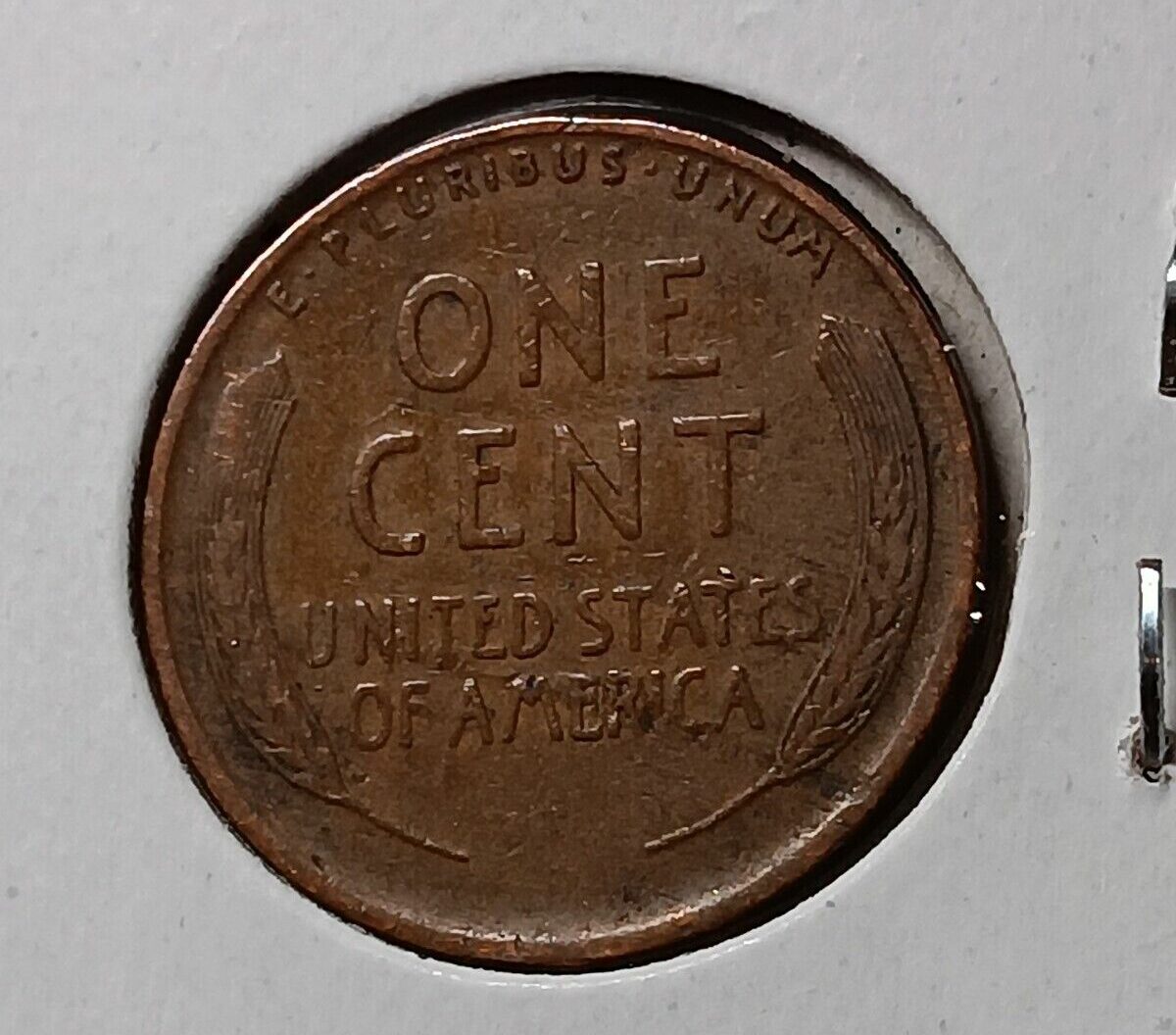
There are also pennies that have cracks in them, due to the die being damaged and aged when it strikes and transfers the design onto the penny. You can tell there is a die crack if you can see a raised line across part of the penny’s design.
1910 Lincoln pennies with die cracks are worth around $5 to $10.
1910 Penny with Re-punched Mintmark
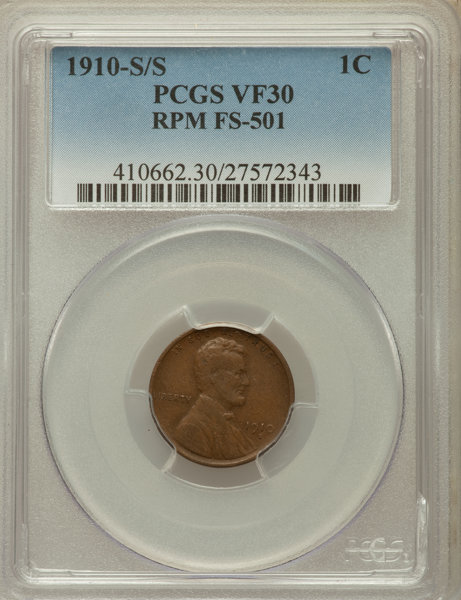
Another rare but interesting error coin is the penny with a re-punched mint mark. As the name insinuates, this is when the mintmark is punched into the coin more than once. And since the 1910 penny was only minted at Philadelphia (no mark) and San Francisco (S), you’ll only find a re-punched mintmark of an “S”.
If you find this error on a coin, consider yourself blessed! These go for anywhere between $5 and $25 generally! But they can be worth thousands if you find just the right one.
1910 Off-Center Penny
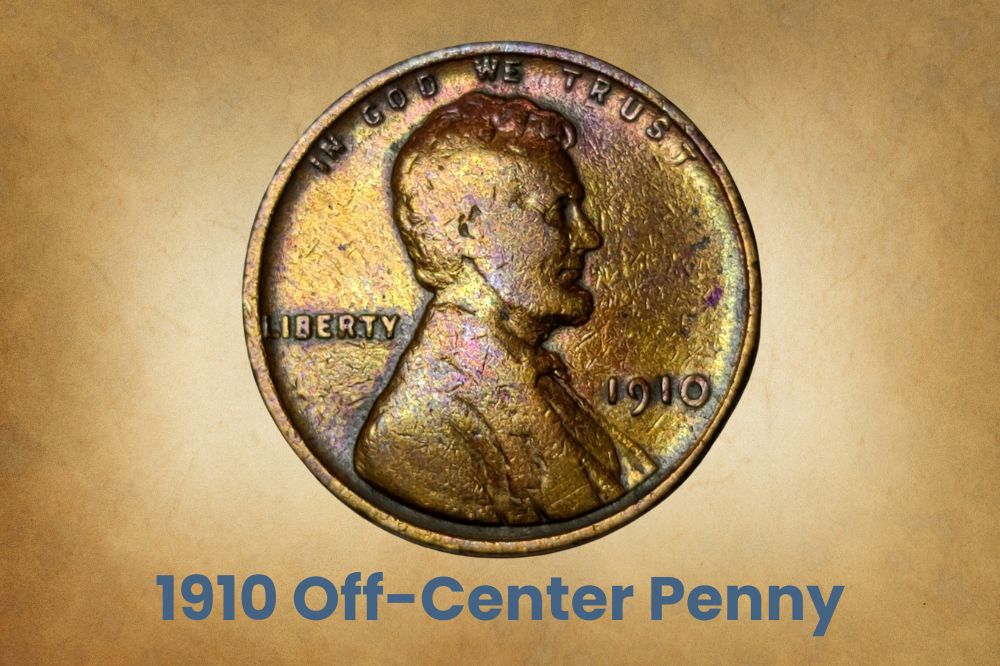
Lastly, one of the highest value error coins is the off-center Lincoln coins. This happened when, as you might guess, the image is not centered on the coin.
However, the caveat is that it’s worth more if the date is fully present but the rest of the image is partially missing. This makes sense because the date would be needed in order to verify the year of the coin.
An off-center 1910 Lincoln penny is worth anywhere from $5 to a very impressive $250.
Related Posts: 19 Most Valuable Lincoln Memorial Penny Worth Money
History of 1910 Penny
Before we dive too deeply into the 1910 penny value in today’s market, let’s look at this interesting coin’s history.
The 1910 penny is also known as the 1910 Lincoln wheat penny. It is an American coin that was minted from 1909 to 1911, and it features Abraham Lincoln on the front and two stalks of wheat on the back.
We will further discuss the penny’s design in a future section, but suffice it to say that its presence is coveted by many numismatists (coin collectors). This is true for two main reasons: rarity and provenance.
Rarity
1910 pennies are popular among coin collectors due to their rarity. In 1910, the United States Mint produced a limited number, and many were lost or damaged over the years. As a result, 1910 pennies are now quite hard to find. Some coin collectors are willing to pay a high price for a 1910 penny, making it a valuable coin indeed.
Provenance
The 1910 penny is also popular due to its provenance. It was minted during a time when the United States was experiencing a lot of economic and social change, making it an important part of American history. 1910 pennies speak to this moment in history, making them even more valuable to coin collectors and enthusiasts alike.
It was designed by the US coin designer and engraver, Victor D. Brenner, a Jewish-Lithuanian immigrant who was then in his thirties. The president at the time, Theodore Roosevelt, had a mission in mind to update the designs on all of America’s coins. Brenner had recently created a wonderful engraving of Lincoln, and Roosevelt decided to use it on the new 1909 penny (as well as future pennies like the 1910) as a commemoration of Lincoln’s 100th birthday (1809), making it the first penny design with the iconic Lincoln profile.
Related Posts: 19 Most Valuable Wheat Penny Worth Money
How to Identify the 1910 Penny?
Now that we know a bit more about the 1910 penny’s history, let us discuss some of its most interesting features.
As we have mentioned before, the design of the penny had been completely different in the decades prior, but starting just one year before the 1910 penny, they changed everything. This did this in order to preserve American pride, produce beautiful coins that would last long into the future, and in the case of the penny, memorialize Abraham Lincoln, America’s sixteenth president, who was at the forefront of the fight to keep the United States together during the American Civil War in the 1860s.
The Obverse of the 1910 Penny
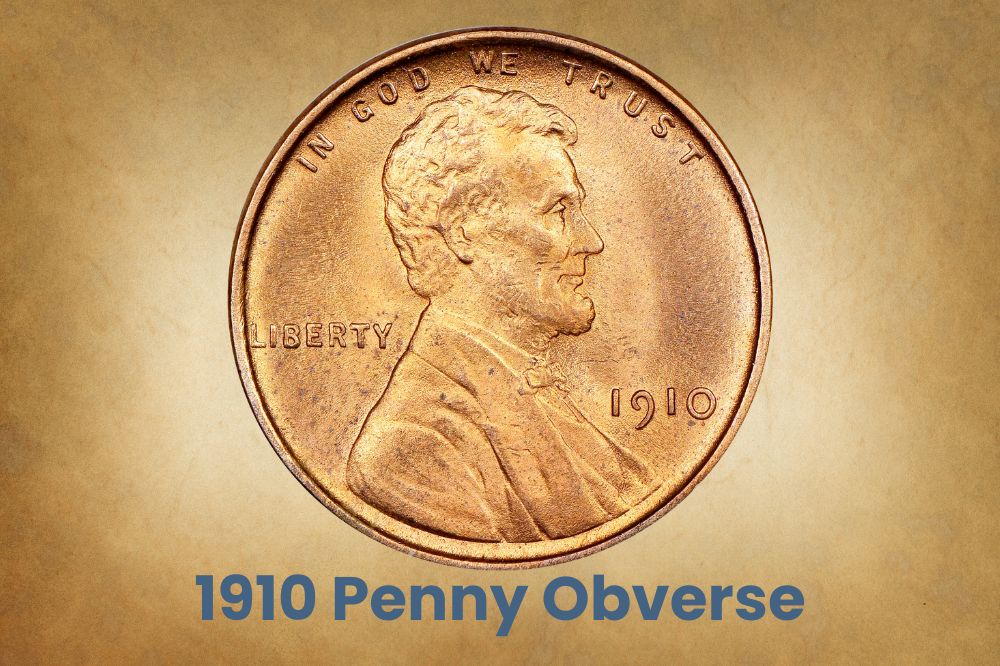
The 1910 penny features the right facing portrait of Abraham Lincoln on its obverse (front) side. This is the same design that you will find on all modern pennies today!
The word “LIBERTY” is inscribed on Lincoln’s left, while the phrase “IN GOD WE TRUST” curves above him in a semi-circle. On the lower-right side of the coin, you will see the date 1910 and also the mint mark, if there is one.
The Reverse of the 1910 Penny
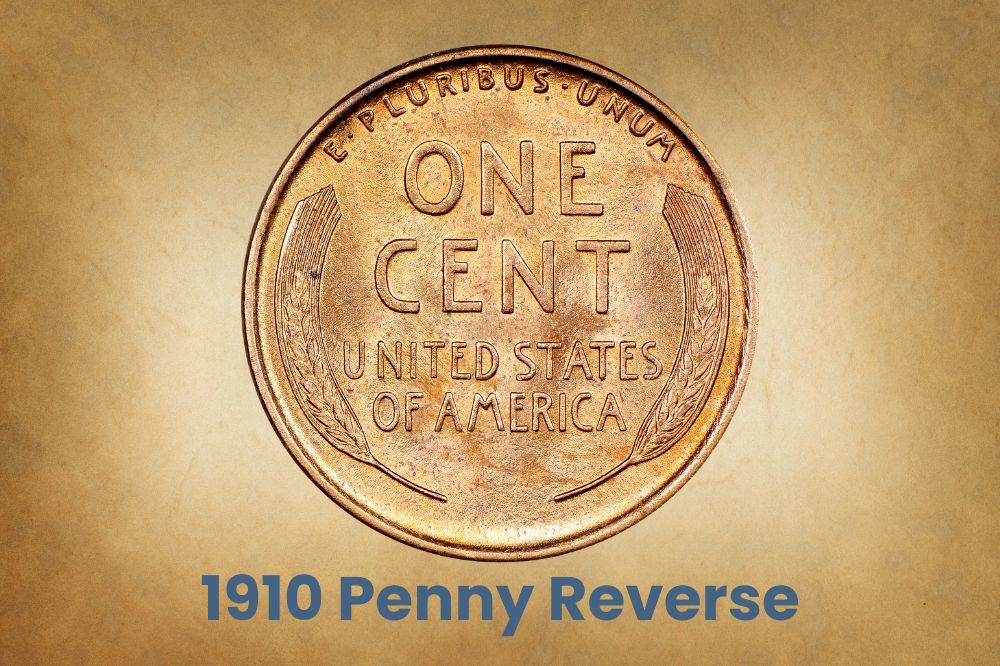
On the 1910’s reverse side, you will find two phrases printed across the center of the coin. These phrases include the face value of “ONE CENT” and then the words “UNITED STATES OF AMERICA” are directly below it.
In the same position as “IN GOD WE TRUST” on the front, the Latin phrase “E PLURIBUS UNUM” stretches across the coin’s top edge. This phrase means “Out of many, one” and is widely seen as the United State’s motto.
Lastly, two stalks of wheat flank the phrases, hugging the coin’s curve on each side. They chose wheat as opposed to other plants because it was a commodity largely grown in America.
Other Features of the 1910 Penny
There are many other interesting features of the 1910 penny. Let’s look at a few:
Metal Content
1910 pennies are made of 95% copper and 5% tin and zinc and tin.
Mint Mark
The 1910 penny was minted in two different U.S. Mint locations. As such, the 1910 penny may have one of two different mint marks, depending on where it was made. It may have no mint mark, which is from the location in Philadelphia, Pennsylvania, or an “S”, which is for the location in San Francisco, California.
The Denver location (marked as “D” on coins) is also a popular location for coins, but it was not used for the 1910 penny.
Weight
1910 pennies typically weigh a mere 3.11 grams, which is heavier than today’s copper-plated zinc pennies, which weigh about 2.5 grams.
Size
The 1910 penny is 19.05 millimeters in diameter, which is only 0.75 inches and 1.52 millimeters (0.0598 inches) in thickness. making it the second smallest American coin, beat only by the dime.
FAQs
The 1910 Lincoln wheat penny is a fabulous find from America’s history. Now that we’ve discussed 1910 penny values, let’s take a look at some of the frequently asked questions about this interesting coin.
How Much is a 1910 Penny Worth?
The 1910 no mint mark Lincoln penny can be worth anywhere from 35 cents to $10 depending on its condition, and the 1910 “S” Lincoln penny can be worth up to $80 or more in uncirculated condition.
What Makes the 1910 Penny Special?
1910 pennies are special because they represent one of the first years of production for the Lincoln cent. Additionally, 1910 pennies can be quite rare if you come across one with an error or in uncirculated condition, making them especially valuable.
Are 1910 Pennies Rare?
1910 pennies can be considered rare if you find one in uncirculated condition or with an error. However, they are not as rare as the 1909 penny, made just one year earlier, which is the first penny to commemorate the centennial of sixteenth president Abraham Lincoln’s birthday. That coin was recently sold at auction for $365,000!
Where Can I Buy 1910 Pennies?
If you are looking to purchase a 1910 penny, you can find them in multiple places. Some of these places include coin dealers, antique stores, pawn shops, online auction sites such as eBay, and other websites that specialize in coin collecting. Simply jump online to do a quick search to find the penny that is meant for you!
Conclusion
No doubt about it, the 1910 penny is a valuable and interesting find from the past. Depending on the condition of the coin, 1910 penny values can range anywhere from 35 cents to $250 or more! Error coins with double die, die cracks, re-punched mint marks, and off-center designs are especially hard to come by and are worth even more than regular 1910 pennies.
If you happen to be so lucky as to find a 1910 Lincoln wheat penny lying around, be sure to hold onto it! Check the coin you have against these conditions to make sure you get the best value for your money, and don’t forget to get it appraised by a professional. Good luck!
What other rare pennies have you discovered lately? Let us know in the comments below!

1910 WHEAT PENNY the cent has a diffferent back ground , almost like it was struck on top of different copper coin . its is in worn condition . But its a very noticeable on the lincoln head side . get back to me ill send you a email with picture
I have 1910 penny dd Sover P or D error value?
I have a 1910 penny w a face (front side) nothing on the back. Could the back wear down completely without the face side doing the same